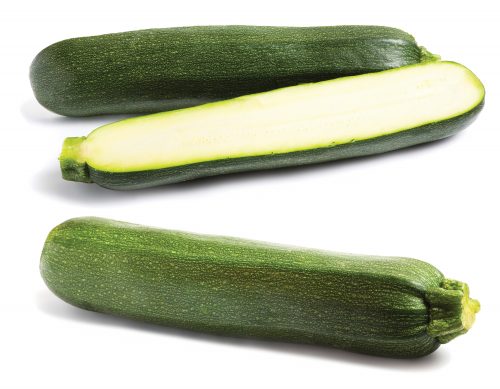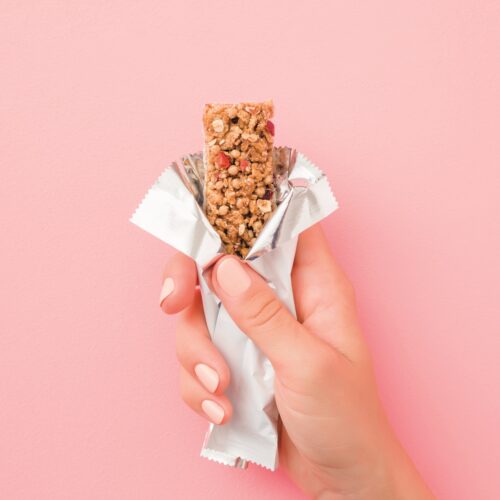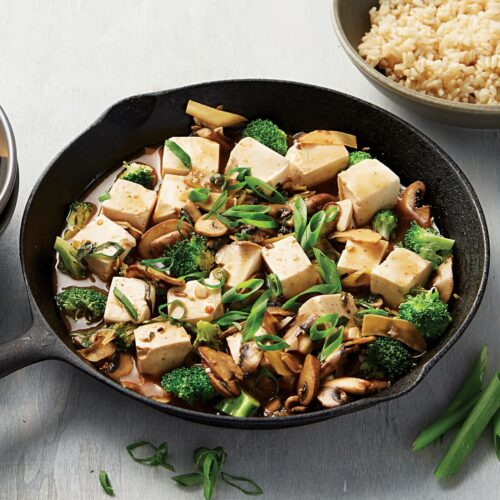
The courgette, also known as zucchini belongs to the same family as the cucumber, squash and melon.
Buying
Pick firm courgettes with unmarked skin.
Storing
Store in a plastic bag or in the crisper compartment in the fridge and use within two to three days.
Nutrition
This low-kilojoule vegetable adds useful amounts vitamin A, folate, potassium and fibre.
Using courgettes
- Courgettes are easy to prepare. Grate with the skin on or slice thinly and eat the vegetable raw, added to salads, or chop in sticks to be part of a vegetable and dip platter. For a quick savoury dish, barbecue courgettes with garlic and mozzarella or try a 10-minute fettuccine.
- Toss pan-fried courgettes through cooked pasta with garlic, olive oil, peas, lots of fresh basil and Parmesan cheese.
- If you are growing your own courgettes and you have flowers on the plants, pick and wash flowers carefully then stuff with a mixture of reduced-fat ricotta cheese, Parmesan cheese, garlic and sage. Grill or shallow-fry.
- Make a yummy summer salad: combine steamed or microwaved sliced courgettes, broccoli florets, asparagus spears or green beans and baby spinach. Dress with a simple lemon-juice vinaigrette, salt and pepper and top with crumbled feta.
- Use grated courgettes (or marrow) instead of carrots in carrot cake recipes or add the grated vegetable to muffin and loaf mixtures for a sneaky vegetable boost.
Did you know? Courgette is the French name of this baby marrow, and zucchini, the Italian name.
© Healthy Food GuideAll rights reservedReproduction without permission prohibited
www.healthyfood.com
www.healthyfood.com










